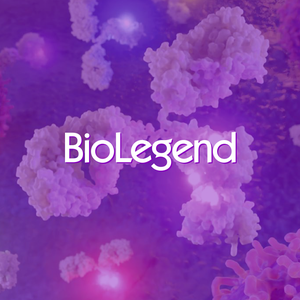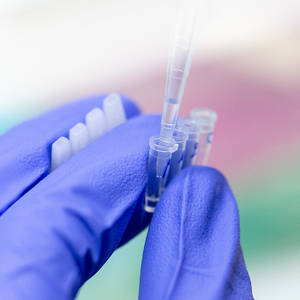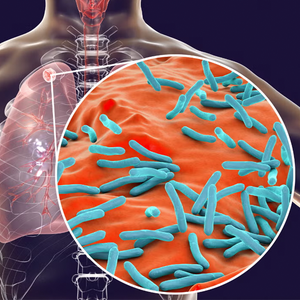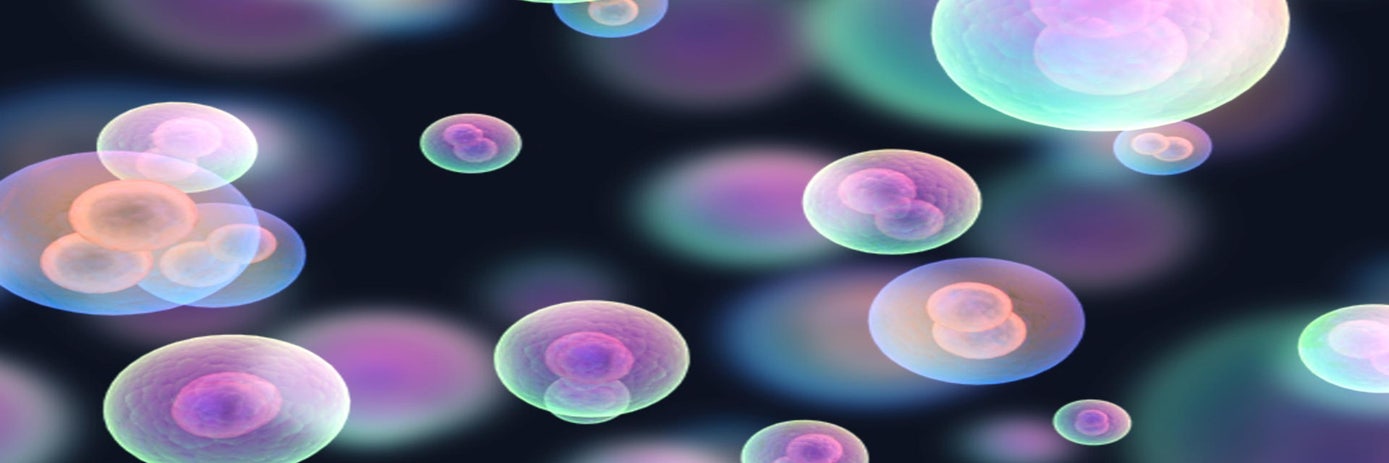
Introduction to CAR-T cell therapies
Therapies that utilize a patient’s own immune system to fight against cancer, known as immunotherapies, have revolutionized the field of oncology in recent years. This innovative shift in the way that cancer is treated has also transformed care for many patients.
Chimeric antigen receptor T-cell (CAR-T cell) therapy is a particularly exciting sub-type of immunotherapy. It involves removing a patient’s T cells and genetically modifying them in the lab to contain CARs that target surface antigens on tumors to help identify and eradicate the tumor. CAR-T cells are then expanded ex vivo and injected back into the patient for treatment.
CAR-T therapies have developed rapidly over the years and shown the greatest success against hematological malignancies. A notable year was 2017, when the FDA approved the first CD19-specific CAR-T cell therapies Kymriah® and Tescarta® for refractory acute lymphocytic leukemia (ALL) and diffuse large B-cell lymphoma (DLBCL), respectively.
| FDA-approved products | Indication(s) |
|---|---|
| Abecma Idecabtagene Vicleucel |
Myeloma |
| Breyanzi Lisocabtagene Maraleucel |
B-cell Lymphoma |
| Kymriah Tisagenlecleucel |
Acute Lymphoblastic Leukemia (All), B-cell Lymphoma |
| Tecartus Brexucabtagene Autoleucel |
Mantle Cell Lymphoma |
| Yescarta Axicabtagene Ciloleucel |
B-cell Lymphoma, Follicular Lymphoma (Fl) |
Researchers are now actively investigating the potential of CAR-T cell therapy beyond blood cancers; however, solid tumors are presenting additional challenges that need to be addressed before this can become a reality.
Behind the design
The manufacturing of CAR-T cells is a complex and carefully controlled process. The procedure begins by extracting T cells from a patient’s blood, through a process called apheresis. These cells are then genetically engineered with viral vectors to produce CARs on their surface. CARs consist of an extracellular domain, most commonly a single chain variable fragment (scFv) from a monoclonal antibody to recognize the tumor antigen, a spacer domain, a transmembrane domain, and an intracellular signaling domain. These receptors allow the T cells to recognize and attach to a specific antigen on the tumor cells.

CAR-T therapy workflow: Blood is extracted from the patient and T cells are isolated, genetically modified, and then amplified. Activated CAR-T cells are injected back into the patient for treatment. CARs target surface antigens on tumor cells to help identify and eradicate the tumor.
CAR design has evolved considerably over the years. First-generation constructs expressed a single intracellular signal domain for T-cell activation (CD3ζ), while third-generation CARs commonly express additional co-stimulatory domains (CD28 or 4-1BB). Fourth-generation CARs are further engineered with inducible expression components such as a cytokine (e.g. IL-12) or additional costimulatory ligands.
Once the T cells have been engineered to express the antigen-specific CAR, they are expanded in the lab in order to obtain a sufficient number of CAR-T cells. The frozen cells are then delivered to the treatment center and thawed, before being infused into the patient. When the CAR-T cells recognize the tumor antigen and bind to the cell, a series of cell signaling events take place that directly trigger apoptosis of the cancer cell.
Challenges in CAR-T therapy
Despite the impressive results achieved with CAR-T therapy, several obstacles must be addressed before wider clinical adoption of CAR-T cell therapies can be achieved. These include limiting the frequency of cytokine release syndrome (CRS) and neurotoxicity, as well as improving target antigen specificity.
CRS is caused when CAR-T cells produce a cytokine storm, which can lead to extremely high fevers and drops in blood pressure of the patient. Neurotoxicity is the second most common serious adverse reaction after administration of CAR-T cell therapy. Affected patients develop toxic encephalopathy with confusion, aphasia, ataxia, delirium, seizures, and cerebral edema and researchers are working hard to mitigate these side effects.
Following the success of CAR-T therapy in ALL and DLBCL, investigators have been attempting to extend treatment to other malignancies. Results in solid tumors have been mixed so far since therapy is more complicated than in hematological malignancies. The main obstacle for treating solid tumors is the identification of a potent target antigen expressed in the tumor but not in healthy tissue. However, it is still early days for CAR-T therapy and if positive results are obtained from future clinical trials, it offers potential for a personalized treatment option for many patients.
Advancing your research
Researchers can easily monitor CAR-T or T-cell activation in an in vitro setting using homogeneous assay technologies such as AlphaLISA and HTRF, while target cell death in a co-culture experiment can be measured using DELFIA cytotoxicity reagents.
For research use only. Not for use in diagnostic procedures.
Read our latest review of cell-based methods to monitor CAR-T activation and cell killing effectiveness to learn how assay technologies can help advance CAR-T cell therapy research.








































